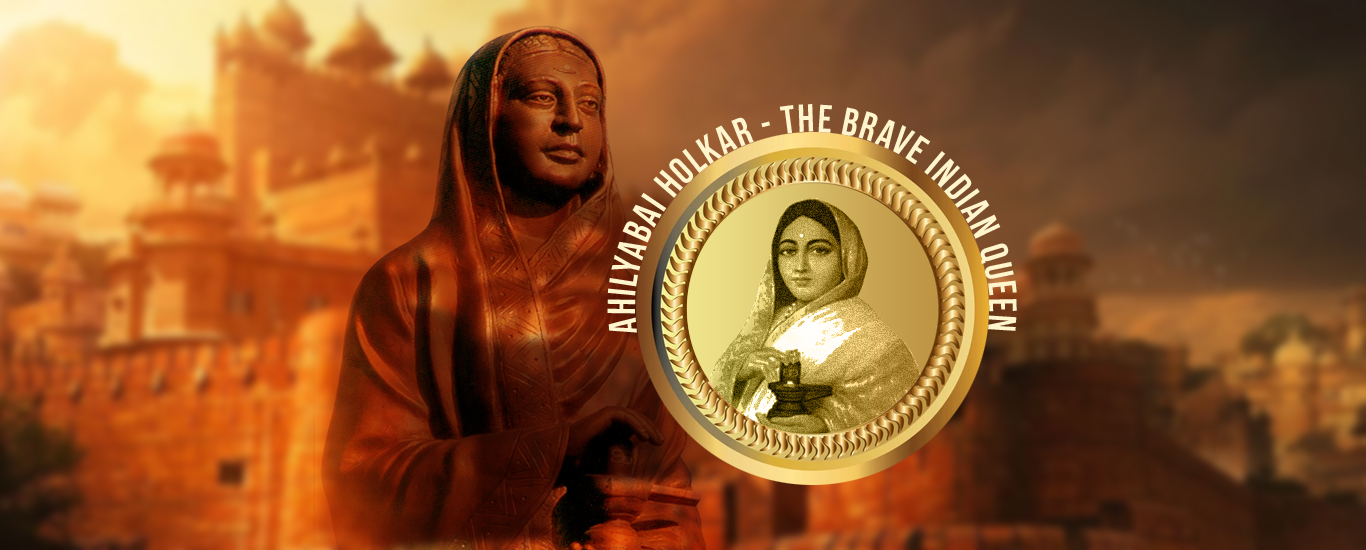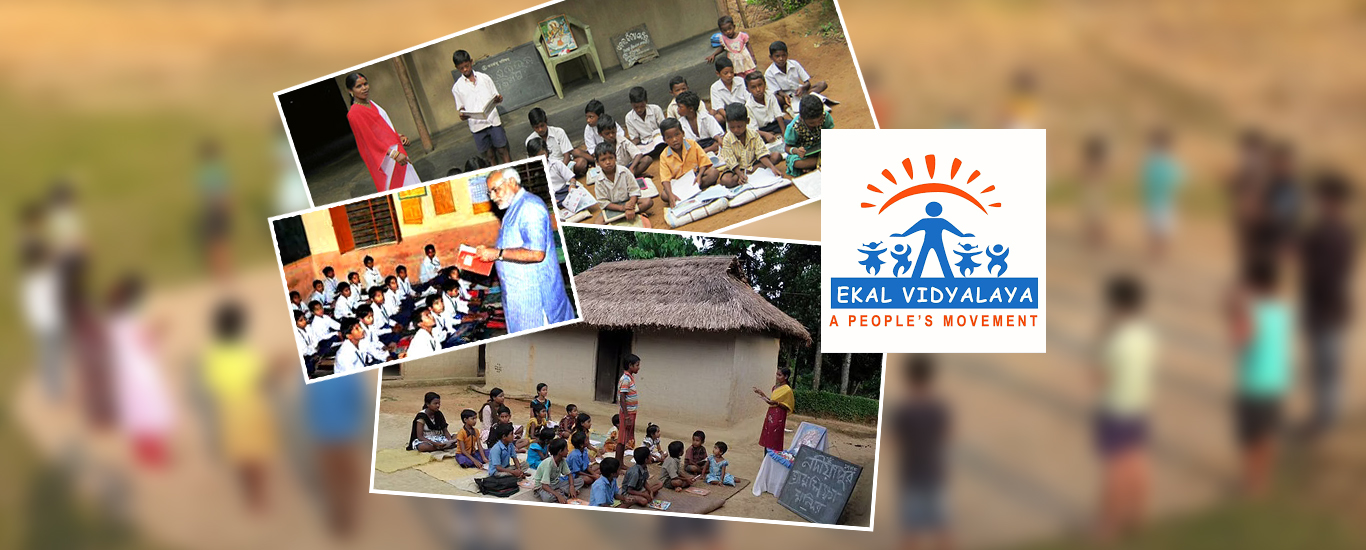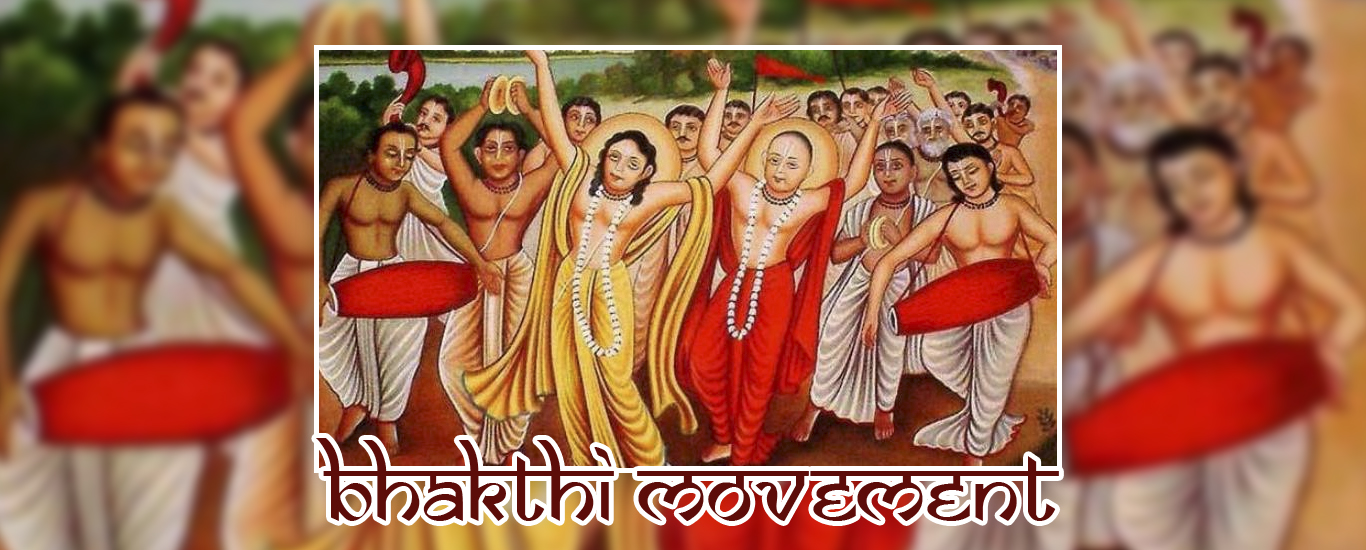Ram Prasad Bismil – Untold story of a real revolutionary and a brave freedom fighter
“I BELIEVE, I WILL BE REBORN AGAIN, TO SERVE MY MOTHERLAND AGAIN”
Several freedom fighters have sacrificed their lives for India Independence. Ram Prasad Bismil is well known for the Manipuri conspiracy and Kakori conspiracy. During the Kakori conspiracy which is considered to be one of the most insolent acts of defiance against the British. Ram Prasad Bismil was one of the organizers. He was joined by Chandra Shekhar Azad Ashfaq Ulla Khan Roshan Singh and other revolutionaries. While Bismil is better known for his incurable love for his country.
He was well known for being a freedom fighter and was a patriotic poet. He wrote in Hindi and Urdu using the pen names Ram, Agyat, and Bismil. But he became popular with his last name Bismil. He had a much appreciated poetic side and had published a collection of his poems. This eminent personality had also published a pamphlet titled ‘Deshvasiyon ke nam sandesh’. Besides these, he also wrote a collection of poems ‘Man Ki Lahar’ and ‘Swadeshi Rang’. “Sarfaroshi ki tamanna ab hamare dil mein hein, dekhna ki zor kitna baazu-e-qaatil mein hein ” These Immortal lines were also popularised by Bismil.
Early Life
Born on June 11 1897 in Uttar Pradesh’s Shahjahanpur to Muralidhar and Moolmati. The little boy grew up in a village in the Chambal Valley. Being a teenager, he had gone through the brutal atrocities that Britain’s colonial rule kept inflicting on India. Affected deeply, he gradually started to lean towards revolutionary ideals.
Bismil joined hands with Bengali revolutionaries, Sachindra Nath Sanyal and Jadugopal Mukherjee and formed the Hindustan Republican Association, which is a revolutionary organization in North India that had vowed to set India from the chain of British rule.
Additionally, the charismatic poet played a vital role in bringing dynamic youngsters like Chandrashekhar Azad and Bhagat Singh into the folds of HRA, which later became the Hindustan Socialist Republican Association (HSRA).
Bismil was allied with Arya Samaj where he gained motivation from Satyarth Prakash. A book penned by Swami Dayanand Saraswati. He had a secret link with Lala Har Dayal through a preacher of Arya Samaj, Guru Swamy Somdev. He was brought into the Arya Samaj at a very young age. He was so motivated by it that he promised to remain celibate all his life,and he did.
Kakory Train Robbery
Bismil and Ashfaqullah had also played key roles in the famous Kakori train robbery of 1925. Understanding that organizing a revolution to throw off the British needed funds to acquire weapons and train men, HRA’s core leadership thought to target the colonial government’s treasury.
On a fine day of August 9, 1925, the No 8 Down Train from Shahjahanpur to Lucknow was close to Kakori. From the second-class compartment, Ashfaqullah pulled the chain. When pulled, the train suddenly, he got down with his friends Rajendra Lahiri and Sachindra Bakshi and finished the first part of his work in the Kakori plot.
The three of them then unified Bismil and other revolutionaries from HRA in subduing the guard of the train and looting the official cash. Shocked by this, more than two dozen HRA members (including Bismil) were arrested by the colonial authorities within a month of the attack.
Four of the revolutionaries namely, Ashfaqullah Khan, Ram Prasad Bismil, Roshan Singh, and Rajendra Nath Lahiri were sent to separate jails while others had long prison terms.
They were then sentenced to death by the British government. His last breath was at Gorakhpur jail; he was hanged on December 19, 1927. Bismil’s body was directed to the Rapti River for Hindu cremation. The site became known as Rajghat. His literary works have inspired patriotism in the hearts and minds of all Indians.
Musing from the Gallows
Focusing on to his autobiography, the most touching part of his writing is the intangible affinity between an orthodox Arya Samajik like Bismil and a loyal Muslim like Ashfaq who used to eat from the same plate. Bismil regards the very sacrifice of Ashfaq as his most valuable sacrifice to the motherland. With his experience, Bismil advises the younger generation not to walk on his path but to adopt a rural way of life by living and earning the living like ordinary village people and informing them about their social obligations, and organizing them into cooperatives to increase their earnings.



